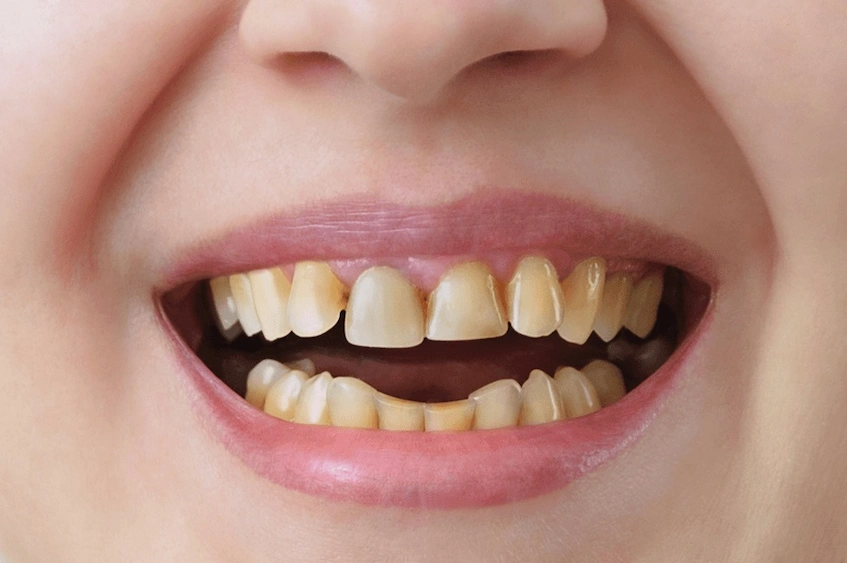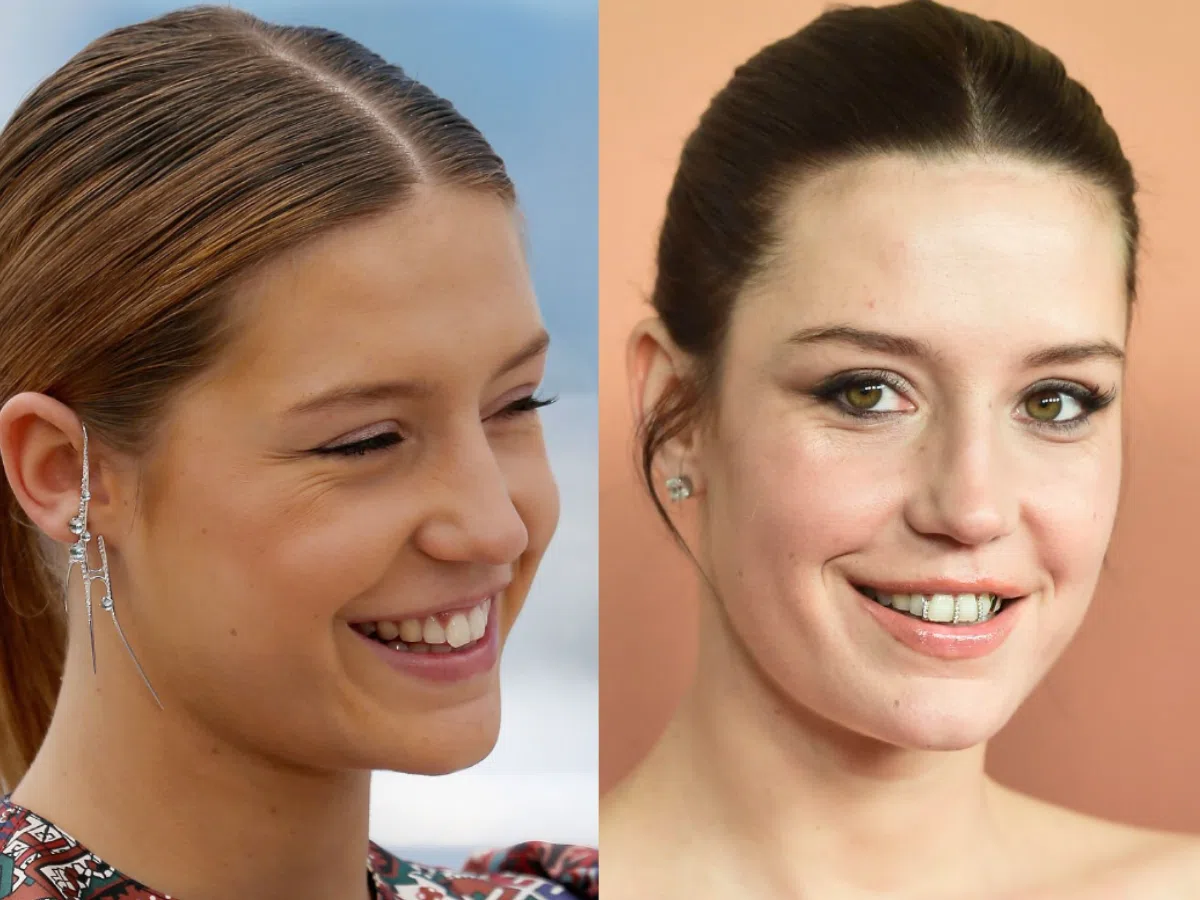Humans Used to Have Straighter Teeth – Is It True?
Once Upon a Time: Naturally Perfect Smiles?
It is hard to believe, however, but knowing how to use crooked teeth was not always the norm. In fact, scientists have known for a long time that the ancient ancestors of hunter-gatherers who lived thousands of years ago had wider jaws with straighter teeth than they do. Their teeth were naturally straight and comfortably settled in their wider and stronger jaws. They had not used braces or been under the care of any Orthodontist except their natural genetic abilities.
So how come this happened? What exactly happened that made people who were once perfectly normal worldwide suddenly have a booming orthodontic industry? The answer lies in many factors, largely due to fast-paced lifestyles, junk food diets, and changing social habits that have all contributed to the re-emergence of orthodontic problems today.
The Real Game Changer: Our Diet
The change in the lifestyle of people took place when they began to farm around 12,000 years ago. The topics of human food underwent a major change in that people became interested in the way they would eat and the kinds of food they would eat. By the way, is this acceptable? Not for our jaws.
Chewing less meant our jawbones stopped developing as wide or strong as they once did. The result? Less space for all 32 teeth to fit — especially those pesky wisdom teeth. Cue the crowding, misalignment, and the rise of crooked smiles.
Evolution or Environment: Which One’s to Blame?
Here’s where it gets interesting. While genetics plays a role, most experts now believe that crooked teeth are a result of environment, not evolution alone. Living habits greatly affect both the shape and the dimensions of our jaws.
Nowadays, kids are used to mushy food, sippy cups, and mouth breathing, and they don’t chew like before. All these have an effect on jaw development. So, in just a few years, actions like these can affect the jaw bone by reducing its size, and this may result in the teeth being shifted even if there are no genetic conditions.
Crowded Mouth, Crowded World
Today, malocclusion (that’s the fancy word for crooked or crowded teeth) affects the majority of people worldwide. It’s now considered “normal” to need braces, extractions, and retainers just to make our teeth fit.
But this wasn’t the case for ancient humans. Studies of skulls from thousands of years ago show beautifully spaced, straight teeth, with hardly any signs of dental crowding. They didn’t have better genes — they just had better jaws.
Can We Reverse the Trend?
There is no way to turn back time, but modern parents can still help in the development of their children’s jaws in many ways, for example:
- Support the idea of introducing those solid and chewy products to kids at a young age (certainly, you can try carrots, apples, jerky).
- Give up the pacifier and bottle as soon as the baby is out of the infancy stage. Teach the baby how to wean off the pacifier and the bottle.
- Promote the children’s nasal breathing and good posture. Do that by caring, not by shouting.
For adults, though, the solution often lies in modern dentistry. That’s where treatments like porcelain veneers, dental implants, and a Hollywood Smile come in to save the day.
The Modern Fix: Dental Veneers, Implants, and the Hollywood Smile
Let’s face it — even if you understand the science, it doesn’t make crooked teeth any easier to live with. That’s why more and more people are turning to cosmetic dental treatments in places like Istanbul, Turkey, to get the smile evolution took away.
At Lema Dental Clinic in Istanbul, patients from around the world come for:
- Porcelain Veneers to instantly align and brighten teeth
- Dental Implants to replace missing or crowded teeth
- A complete Hollywood Smile that looks natural but flawless
The best part? You don’t need perfect genetics — just the right dental team.
FAQ About Humans Used to Have Straighter Teeth
Yes, archaeological skulls show that early humans had naturally straighter teeth and wider jaws, thanks to their tougher diets and active jaw use.
The main reason is a shift in diet — from hard, raw foods to soft, processed meals — which reduced chewing and led to smaller jaws with less room for teeth.
It’s mostly environmental. Factors like mouth breathing, bottle feeding, thumb sucking, and eating soft foods all influence jaw growth and tooth alignment.
Because their jaws were wider and their teeth had room to grow in straight. Modern humans often don’t have enough space, which causes crowding and misalignment.
Yes, with proper habits: chewing solid foods, nasal breathing, good posture, and limiting pacifier use can all support healthy jaw development.




